10 Best Vitex Agnus-Castus Preparations
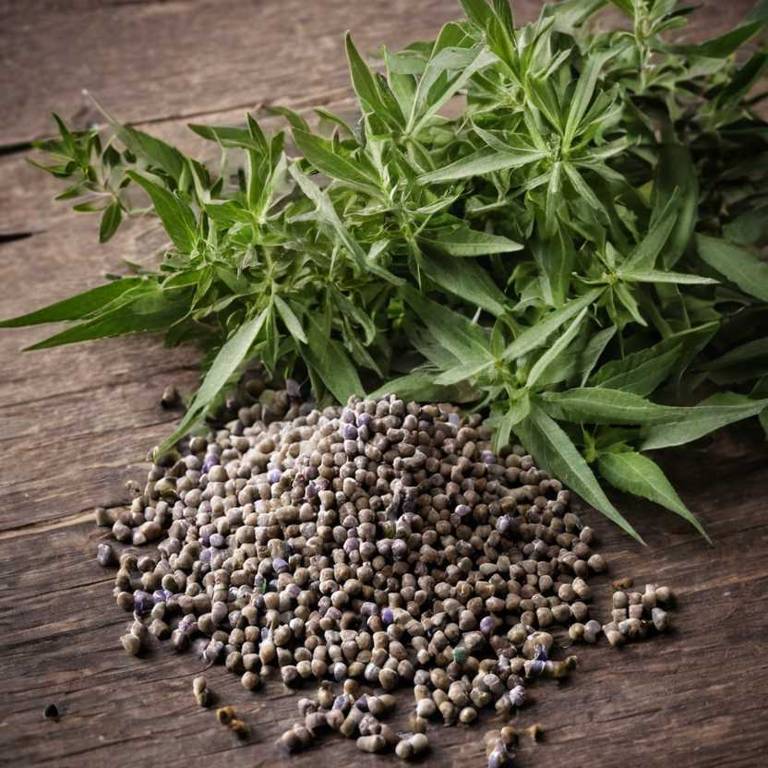
The best medicinal preparations of Vitex agnus-castus are tinctures, teas, capsules, decoctions, and ointments, each offering unique benefits for various health conditions.
Tinctures provide a concentrated form of the herb, often used for hormonal balance and menstrual support.
Teas are a gentle way to consume the herb, commonly used to ease symptoms of premenstrual syndrome.
Capsules offer a convenient and standardized dosage for daily use.
Decoctions involve simmering the herb to extract its active compounds, suitable for digestive and inflammatory support.
Ointments are applied topically to address skin conditions and hormonal imbalances.
Below there's a list of the 10 best herbal preparations of vitex agnus-castus for medicinal purposes.
- 1. Tinctures
- 2. Teas
- 3. Capsules
- 4. Decoctions
- 5. Oinments
- 6. Oils
- 7. Creams
- 8. Syrups
- 9. Baths
- 10. Liniments
1. Tinctures
Vitex agnus-castus tinctures is commonly used to support hormonal balance, particularly in women, for conditions such as irregular menstrual cycles, premenstrual syndrome (PMS), and menopausal symptoms.
These tinctures are also used to address emotional imbalances, including anxiety and depression, and may aid in fertility support. The most common medicinal uses include treating menstrual disorders, hormonal imbalances, and mood-related conditions. The bioactive constituents responsible for these effects include flavonoids, iridoids, triterpenes, and essential oils, which exhibit antioxidant, anti-inflammatory, and phytoestrogenic properties.
These compounds work synergistically to modulate hormonal activity and support overall well-being.
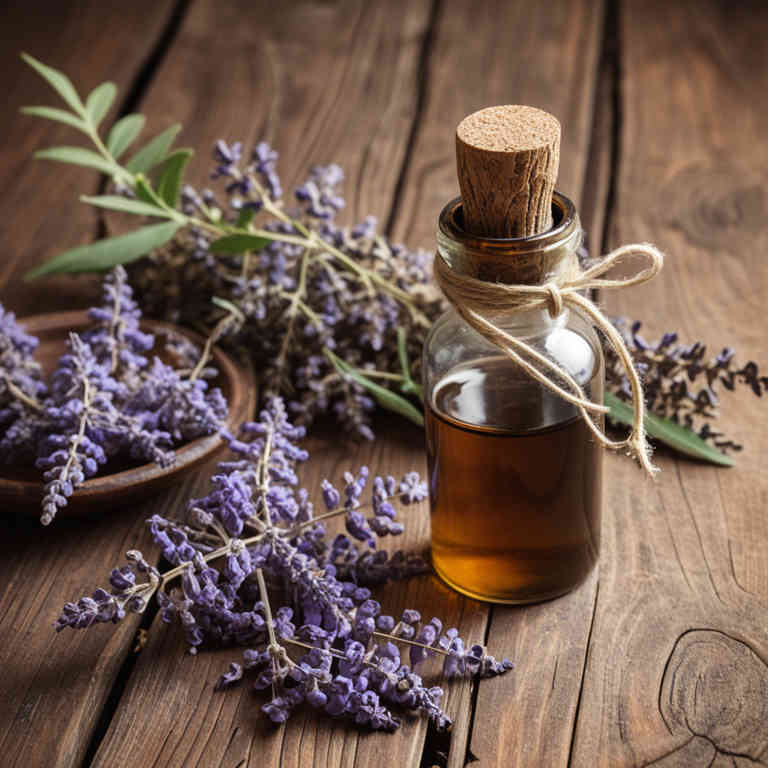
2. Teas
Vitex agnus-castus teas is commonly used to support hormonal balance, particularly in women, and to alleviate symptoms related to menstrual irregularities, premenstrual syndrome (PMS), and menopausal transitions.
This herbal preparation is also used to address emotional imbalances, such as anxiety and mood swings, and to promote overall reproductive health. The most common medicinal uses include treating irregular periods, breast tenderness, and hormonal acne. Bioactive constituents such as flavonoids, iridoids, and essential oils contribute to its medicinal properties by influencing hormone regulation and reducing inflammation.
These compounds are believed to interact with the body's endocrine system, supporting natural hormonal functions.

3. Capsules
Vitex agnus-castus capsules is commonly used to support hormonal balance, particularly in women, for conditions such as menstrual irregularities, premenstrual syndrome (PMS), and menopausal symptoms.
These capsules are also used to address infertility and to promote emotional well-being. The most common medicinal uses include treating hormonal imbalances, regulating menstrual cycles, alleviating mood swings, and supporting reproductive health. Bioactive constituents such as flavonoids, iridoids, and essential oils contribute to its medicinal properties by influencing hormone regulation and reducing inflammation.
These compounds are believed to interact with the hypothalamic-pituitary-adrenal (HPA) axis and modulate neurotransmitter activity.
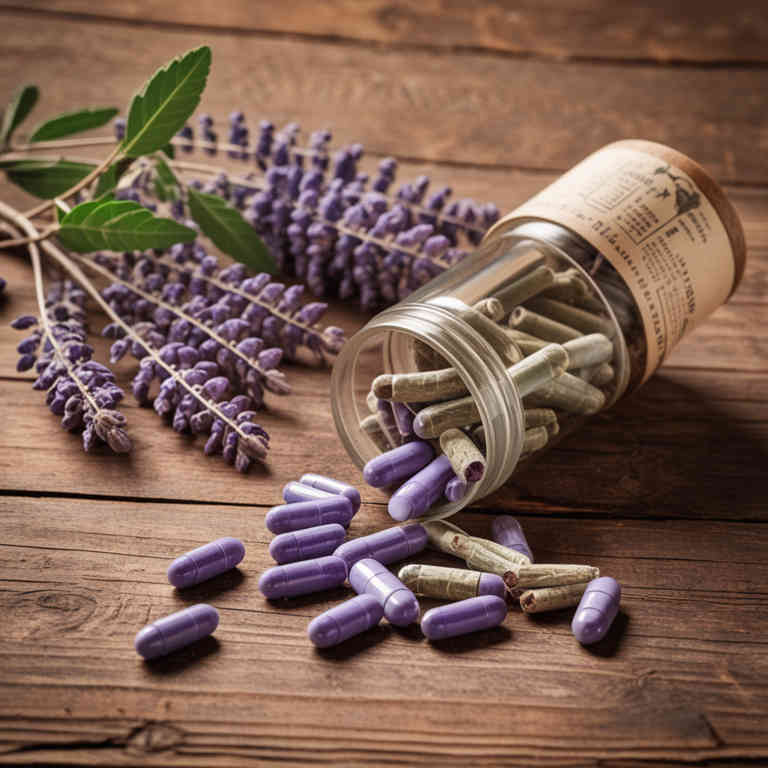
4. Decoctions
Vitex agnus-castus decoctions is commonly used to support hormonal balance, particularly in women, for managing menstrual disorders, premenstrual syndrome (PMS), and menopausal symptoms.
It is also used to address infertility, regulate menstrual cycles, and alleviate symptoms of anxiety and mood swings. The most common medicinal uses include treating irregular periods, breast tenderness, and hormonal imbalances. The bioactive constituents responsible for its effects include flavonoids, iridoids, and essential oils, which exhibit estrogenic and anti-inflammatory properties.
These compounds help modulate hormonal activity and reduce stress-related symptoms.
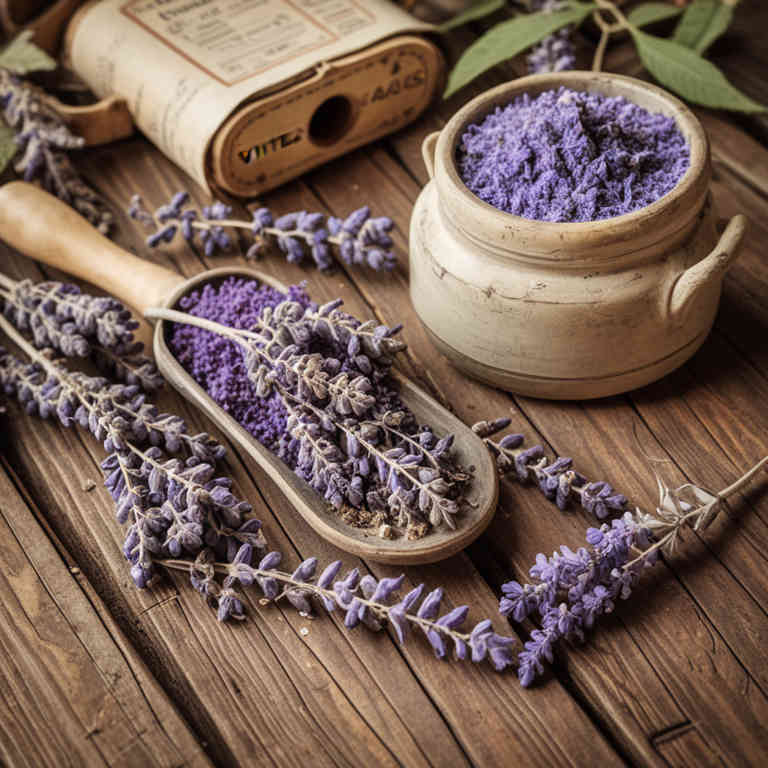
5. Oinments
Vitex agnus-castus oinments is commonly used to treat hormonal imbalances, particularly in women, such as irregular menstrual cycles, premenstrual syndrome (PMS), and menopausal symptoms.
It is also used for skin conditions like eczema and acne due to its anti-inflammatory and antiseptic properties. The most common medicinal uses include regulating reproductive health, reducing inflammation, and supporting skin healing. The bioactive constituents responsible for these effects include flavonoids, iridoids, triterpenoids, and essential oils, which have antioxidant, anti-inflammatory, and hormonal regulatory properties.
These compounds work synergistically to provide the therapeutic benefits associated with Vitex agnus-castus ointments.

6. Oils
Vitex agnus-castus oils is commonly used to support hormonal balance, particularly in women, for conditions such as irregular menstrual cycles, premenstrual syndrome (PMS), and menopausal symptoms.
This herbal preparation is also used to alleviate symptoms of anxiety, insomnia, and emotional distress. The most common medicinal uses include treating hormonal imbalances, mood disorders, and digestive issues. The bioactive constituents responsible for its medicinal properties include flavonoids, triterpenoids, and essential oils, which have antioxidant, anti-inflammatory, and neuroprotective effects.
These compounds contribute to the plant's ability to modulate hormonal activity and support overall wellness.

7. Creams
Vitex agnus-castus creams is commonly used to treat hormonal imbalances, particularly in women, such as irregular menstrual cycles, premenstrual syndrome (PMS), and menopausal symptoms.
These creams are also used to support breast health and alleviate symptoms of fibrocystic breast disease. The bioactive constituents of Vitex agnus-castus include flavonoids, iridoids, triterpenoids, and essential oils, which contribute to its medicinal properties by modulating hormonal activity and possessing anti-inflammatory and antioxidant effects. Additionally, the plant contains compounds that may influence the pituitary gland and regulate the production of hormones like prolactin and luteinizing hormone.
These properties make Vitex agnus-castus creams a popular choice in herbal medicine for women's health concerns.
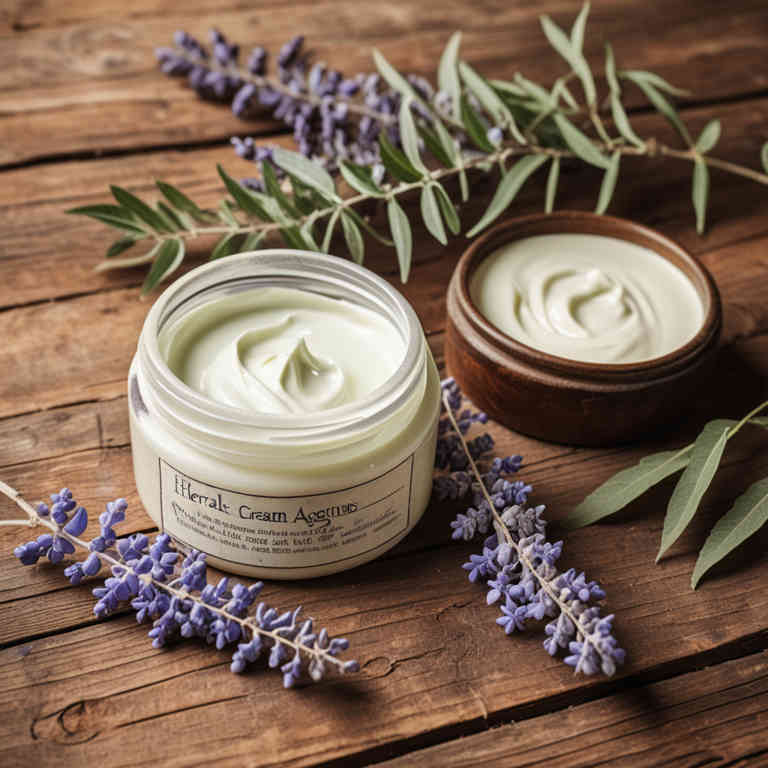
8. Syrups
Vitex agnus-castus syrups is commonly used to support hormonal balance, particularly in women, for conditions such as premenstrual syndrome (PMS), irregular menstrual cycles, and menopausal symptoms.
This herbal preparation is also used to address emotional imbalances, including anxiety and mood swings. The most common medicinal uses include treating menstrual disorders, infertility, and hormonal-related skin issues. The bioactive constituents responsible for its medicinal properties include flavonoids, iridoids, triterpenoids, and essential oils, which have estrogenic, anti-inflammatory, and neuroprotective effects.
These compounds contribute to its ability to modulate hormonal activity and support overall reproductive health.

9. Baths
Vitex agnus-castus baths is commonly used to alleviate symptoms related to hormonal imbalances, particularly in women.
This herbal preparation is frequently employed to treat menstrual irregularities, premenstrual syndrome (PMS), and symptoms of menopause such as hot flashes and mood swings. It is also used to address issues like breast tenderness and infertility. The bioactive constituents responsible for its medicinal properties include flavonoids, iridoids, triterpenes, and essential oils, which have phytoestrogenic and anti-inflammatory effects.
These compounds help regulate hormonal activity and reduce inflammation, contributing to the plant's therapeutic value.
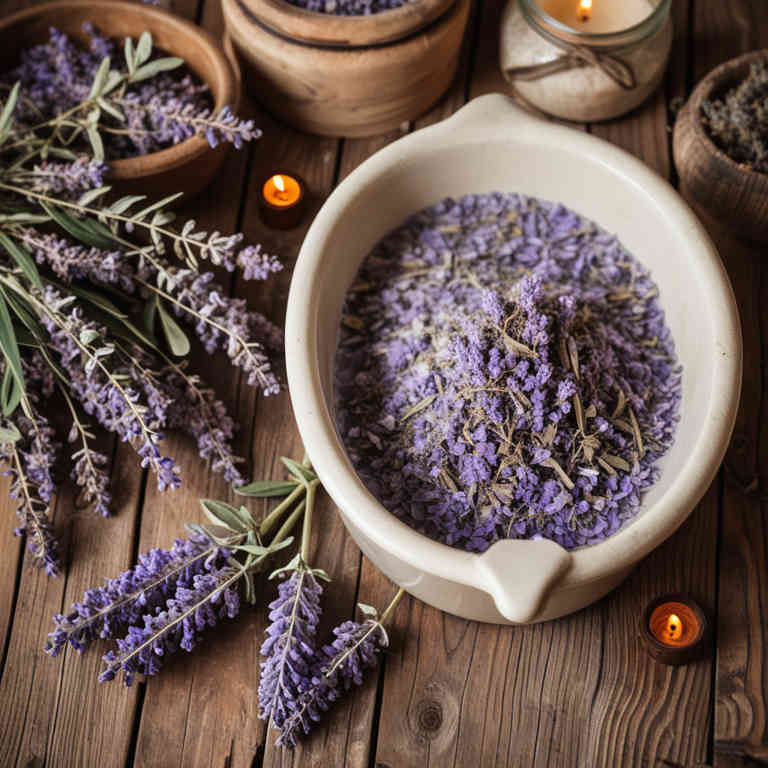
10. Liniments
Vitex agnus-castus liniments is commonly used to alleviate symptoms related to hormonal imbalances, particularly in women, such as menstrual cramps, premenstrual syndrome (PMS), and irregular menstrual cycles.
These liniments are also used to treat skin conditions like eczema and psoriasis due to their anti-inflammatory and soothing properties. The most common medicinal uses include addressing hormonal disorders, menstrual pain, and inflammatory skin ailments. The bioactive constituents responsible for these effects include flavonoids, iridoids, triterpenes, and essential oils, which exhibit anti-inflammatory, antispasmodic, and hormone-regulating properties.
These compounds work synergistically to support the body's natural balance and promote healing.
